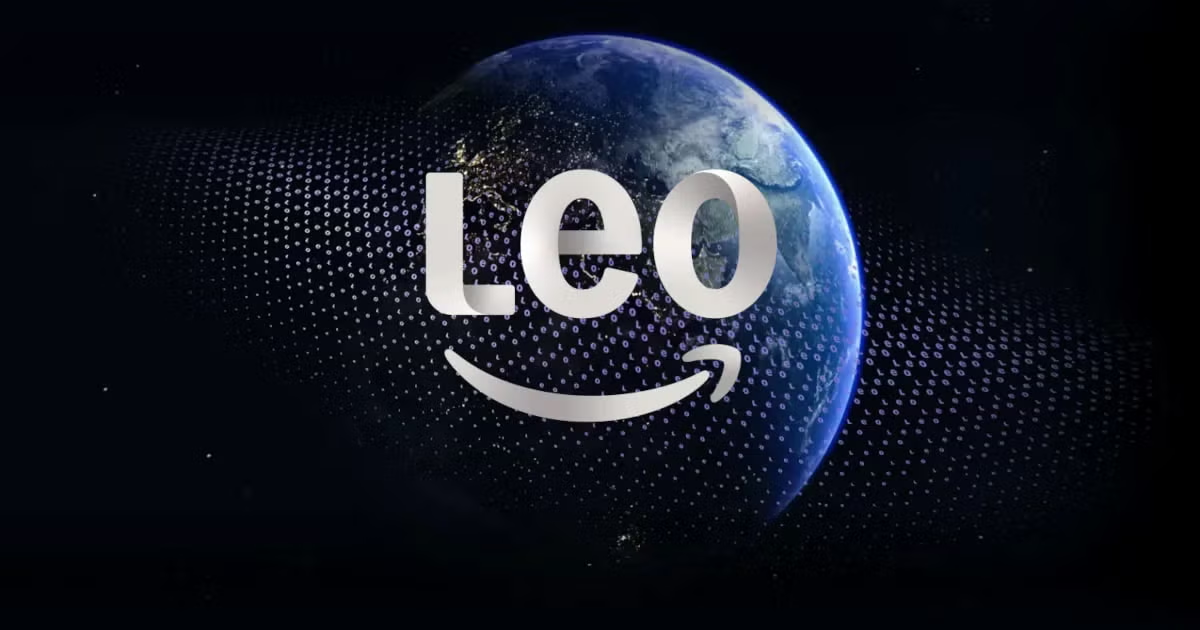AST SpaceMobile Deploys Direct-to-Smartphone Satellites
Starlink's competitor has the technology but needs regulatory approval
Nov 11, 2024 | Share
News
Another new satellite company has entered the field of direct-to-smartphone services. Texas-based AST SpaceMobile recently announced that it had successfully deployed its first five low-Earth orbit (LEO) satellites. These are the company’s first production satellites to follow its successful prototype launch two years ago.
AST SpaceMobile will be competing against several other companies, including Starlink, to bring satellite connections to mobile phones. Although it now has functional satellites in orbit, it will still need regulatory approval from the FCC to begin offering service.
Do you know which internet providers have the most competitive prices in your area?
Enter your zip code below to see what options you have available.
Building a LEO constellation for smartphones
In September 2024, AST SpaceMobile launched its first five production satellites into orbit aboard a SpaceX Falcon 9. Upon reaching orbit, the operator was able to establish full contact with the satellites and begin unfolding their solar panels. On Oct. 25, the company announced that the satellites had been successfully deployed and were fully operational.
Each of the AST SpaceMobile Block 1 BlueBird satellites spans about 64 square meters, giving them the largest solar array of any commercially deployed LEO satellites.
With only five satellites zipping across the sky in a low-Earth orbit, the fledgling constellation currently can provide only intermittent coverage in the U.S. for a total of one hour per day. But the company plans to launch at least 45 to 60 of them to achieve continuous text, voice, and data connectivity.
AST SpaceMobile builds its satellites in-house and is already planning on deploying its next-generation Block 2 BlueBirds starting next year. These will feature ten times more capacity than the Block 1 BlueBird, supporting data rates up to 120Mbps.
Is Satellite 5G becoming the norm?
AST SpaceMobile got conditional approval from the FCC in August to operate its first five satellites, but still requires permission to test its wireless phone services. The company plans on working with AT&T and Verizon, which have both invested in the company.
Meanwhile, T-Mobile, the third major cellular provider in the U.S., is currently partnering with Starlink to test direct-to-phone satellite services, which could mean increased competition to secure frequency spectrum.
For cellphone users, this could mean that satellite connections are coming, regardless of your provider. This has been a pretty rapid shift, as the first experiments with satellite 5G only occurred in the last few years. Soon, however, it seems that satellite backup will be a standard feature of most cell phone plans. And that will be good news during outages, especially extended outages caused by natural disasters like Hurricane Helene and the 2023 Maui wildfires.
Author - Peter Christiansen
Peter Christiansen writes about telecom policy, communications infrastructure, satellite internet, and rural connectivity for HighSpeedInternet.com. Peter holds a PhD in communication from the University of Utah and has been working in tech for over 15 years as a computer programmer, game developer, filmmaker, and writer. His writing has been praised by outlets like Wired, Digital Humanities Now, and the New Statesman.
Editor - Jessica Brooksby
Jessica loves bringing her passion for the written word and her love of tech into one space at HighSpeedInternet.com. She works with the team’s writers to revise strong, user-focused content so every reader can find the tech that works for them. Jessica has a bachelor’s degree in English from Utah Valley University and seven years of creative and editorial experience. Outside of work, she spends her time gaming, reading, painting, and buying an excessive amount of Legend of Zelda merchandise.


